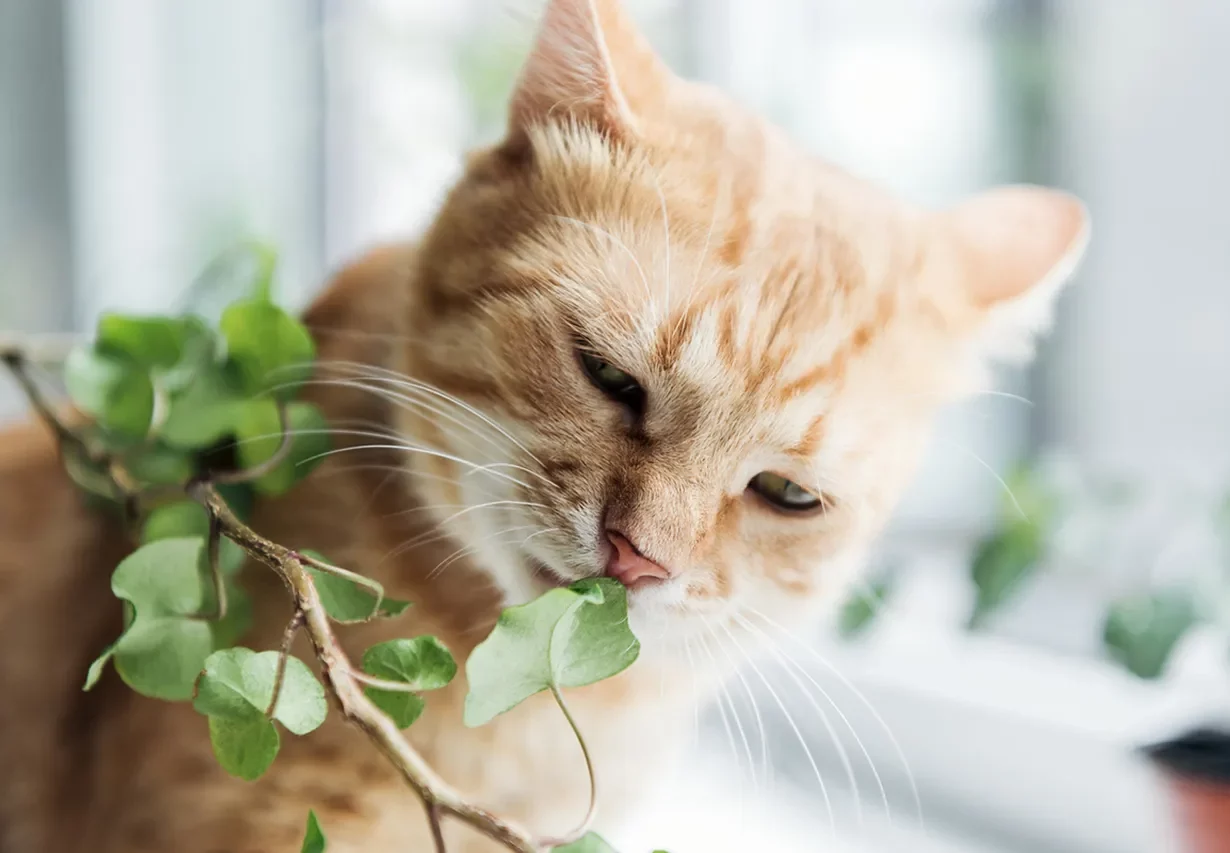What Makes a Cat Happy?
When it comes to happiness, cats have unique needs and preferences. Understanding what makes them happy can help ensure their overall well-being. Here are some key factors that contribute to a happy cat:- Social interaction: Cats are social animals and thrive on human companionship. Regular playtime, cuddles, and attention can make a cat feel loved and content.
- Stimulating environment: Cats are natural hunters and need mental and physical stimulation. Providing interactive toys, scratching posts, and access to outdoor spaces can keep them engaged and entertained.
- Balanced diet: A nutritious diet is crucial for a cat’s happiness. High-quality cat food, specific to their age and health needs, ensures they receive the right nutrients for optimal health.
- Regular veterinary care: Routine check-ups and vaccinations are essential for a cat’s well-being. Regular veterinary care helps prevent and detect health issues early, ensuring a happy and healthy cat.
- Safe and secure space: Cats need a place where they can feel safe and secure. Providing cozy hiding spots, comfortable bedding, and vertical spaces like cat trees allows them to retreat and relax.
Ensuring Your Cat’s Well-being
Physical and Emotional Health: A happy cat is one that is both physically and emotionally healthy. This means providing them with proper nutrition and regular veterinary care while also giving them love, attention, and a stimulating environment. Love and Attention: Cats are social animals and thrive on love and attention. Spending quality time with your cat, petting and playing with them, helps build a strong bond and keeps them happy and content. Stimulating Environment: Providing a stimulating environment is crucial for a cat’s well-being. This includes having scratching posts, interactive toys, and safe spaces for climbing and exploring. It helps prevent boredom and encourages mental stimulation. Balanced Diet: A balanced diet is essential for a cat’s overall health and happiness. Feeding them high-quality cat food that meets their nutritional needs ensures they stay healthy and energetic. Regular Veterinary Care: Regular visits to the veterinarian are necessary to keep your cat healthy and prevent any potential health issues. Routine check-ups, vaccinations, and preventive care contribute to their overall well-being. Safe and Secure Space: Creating a safe and secure environment is vital for a cat’s happiness. This includes providing them with a designated area where they feel safe, comfortable, and can have their own personal space. Ensuring your cat’s well-being not only contributes to their happiness but also benefits their owners. Happy cats are more likely to exhibit positive behaviors, reduce stress levels, and bring joy to the household. By following these guidelines, you can help ensure your cat lives a happy and fulfilling life. For more information on cat care, visit [external link].Creating a Joyful Environment for Your Cat
Creating a joyful environment for your cat involves providing the right conditions for both physical and emotional well-being. Key components include love, attention, a stimulating environment, a balanced diet, regular veterinary care, and a safe and secure space to play. Practical applications of creating a joyful environment for your cat include promoting their happiness, improving their overall well-being, and reducing stress levels for both you and your feline friend. Cats that are content and fulfilled are less likely to exhibit behavior problems and are more likely to bring joy to your household. Common challenges in creating a joyful environment for your cat may include finding the right balance of social interaction, providing enough mental stimulation, and ensuring a healthy and appropriate diet. It’s important to understand your cat’s individual needs and preferences to address these challenges effectively. In terms of future developments and trends, there is a growing focus on holistic care for cats, which includes not only physical health but also emotional well-being. This can involve the use of interactive toys, environmental enrichment, and even practices such as cat yoga and meditation. It’s worth noting that creating a joyful environment for your cat is not a one-size-fits-all approach. Each cat is unique, and what works for one may not work for another. Variations and derivatives such as indoor vs. outdoor cats and different cat breeds may require tailored approaches to ensure their happiness and well-being. However, the ultimate goal remains the same – to provide a loving, stimulating, and safe space for your feline companion to thrive.- Cat Enrichment Ideas: Link
- Creating an Indoor Cat Paradise: Link
- Feeding Your Cat: Know the Basics of Feline Nutrition: Link
The Benefits of a Happy Cat
Creating a happy environment for cats has numerous benefits for both the feline and their human companions. When a cat is happy, it experiences improved overall well-being, reduced stress levels, and enhanced physical and emotional health. Some key benefits of a happy cat include:- Reduced Behavioral Issues: Happy cats are less likely to exhibit destructive behaviors such as scratching furniture or urinating outside the litter box. A contented cat is more likely to engage in appropriate behavior and be less prone to anxiety-related issues.
- Stronger Bond: A happy cat builds a stronger bond with its owner. When a cat feels safe, loved, and appreciated, it is more likely to seek affection, enjoy interactions, and trust its human companion.
- Better Physical Health: Happiness directly affects a cat’s physical health, leading to improved immune function, increased vitality, and a reduction in common health issues such as obesity and chronic diseases.
- Enhanced Mental Stimulation: Providing a stimulating environment filled with engaging toys and activities promotes mental stimulation for cats. This leads to increased cognitive function and a more curious and active cat.
- Calmer and Happier Household: A happy cat creates a positive and peaceful atmosphere in the home, benefiting not only the cat but also everyone living in the household. Reduced stress levels for both the cat and the owner contribute to a harmonious living environment.




Leave a Reply